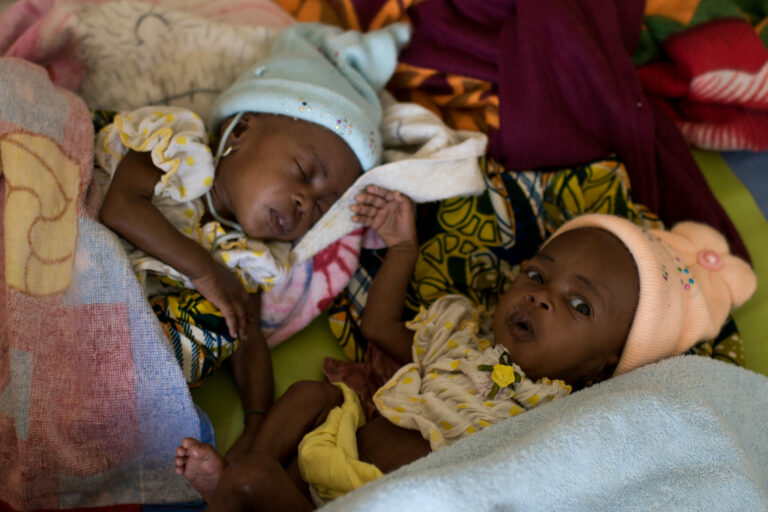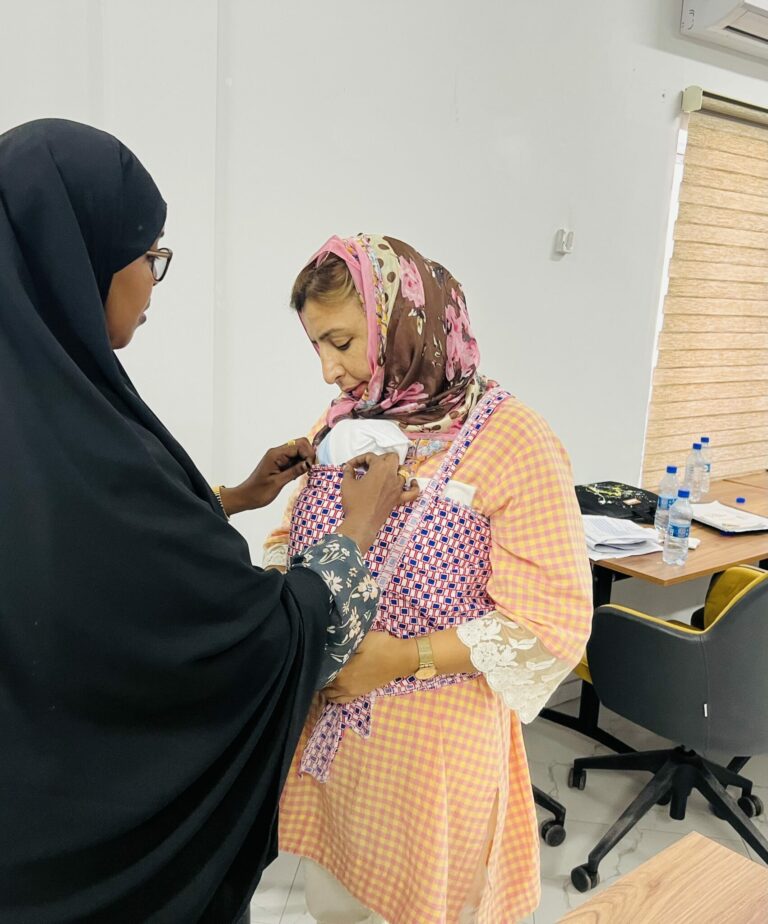
Prioritizing Maternal and Newborn Health in Conflict-Affected Contexts: Insights from the EQUAL Research Consortium
Photo Credit: International Rescue Committee Nigeria, 2017 Recent data underscores a sobering reality: countries grappling with humanitarian crises shoulder a significant burden of global maternal and newborn mortality rates, necessitating urgent, targeted interventions in these contexts. To unpack the intricate dynamics of maternal and newborn health (MNH) prioritization amidst crisis...
Read More
